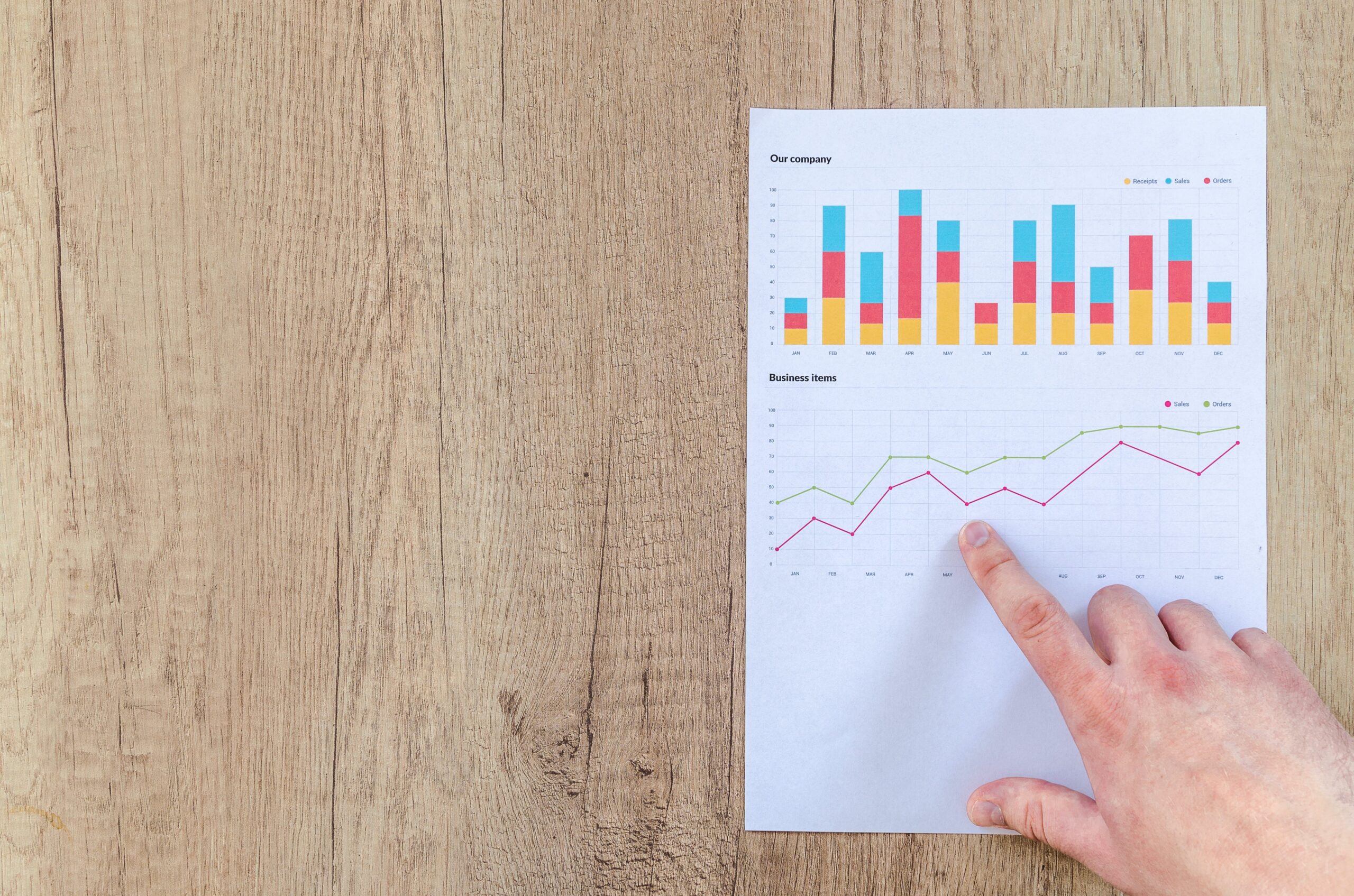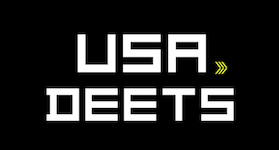
Think of the balance sheet as a snapshot of your financial situation at a specific point in time. It lists what you own (assets), what you owe (liabilities), and the difference between the two (your net worth). And guess what? Prepaid expenses fall under the asset category.
Table of Contents
What exactly are Prepaid Expenses?
Prepaid expenses are essentially money you’ve spent upfront for goods or services you haven’t used yet. Think of it like buying groceries for the whole month instead of every day. While you’ve technically spent the money, you still have the benefit to use later. In the world of finance, that unused benefit becomes an asset on your balance sheet.
Here’s why they’re considered assets:
- They represent future economic value. That gym membership, for example, gives you access to facilities and classes until it expires, so it holds value.
- They help you understand your financial health. You see the resources you have access to, even if you haven’t used them yet.
Common types of prepaid expenses include:
- Insurance premiums
- Rent
- Supplies
- Prepaid interest
- Prepaid subscriptions
Remember, they’re classified as current assets if you’ll use them within a year, and long-term assets if not. Understanding prepaid expenses gives you a clearer picture of your financial situation, showing you not just your current spending, but also the resources you have waiting to be used.
How Do Prepaid Expenses Work ?
let’s break down the mechanics of how prepaid expenses work:
- Recognition:
When you make a prepayment for an expense, such as insurance, rent, or subscriptions, it’s initially recorded as a prepaid expense asset on your balance sheet. This reflects the amount you’ve paid in advance. - Amortization or Expense Recognition:
As time passes and you start to enjoy the benefits of the prepaid expense, a portion of that asset is gradually recognized as an expense on your income statement. This process is known as amortization or expense recognition. - Adjustments:
At the end of each accounting period, you’ll need to adjust your prepaid expense account to reflect the portion of the prepaid amount that has been used up or consumed. This ensures that your financial statements accurately reflect your current financial position. - Impact on Cash Flow:
While prepaid expenses affect your balance sheet and income statement, it’s important to note that they also impact your cash flow. When you initially make the prepayment, cash goes out the door, but as the prepaid expense is gradually recognized as an expense, it reduces your net income and ultimately affects your cash flow.
How are Prepaid Expenses Recorded?
It’s simply a series of entries that follow accounting principles and ensure your financial statements paint an accurate picture. Here’s how it works:
1. The Initial Payment:
Let’s say you pay $1,200 for 6 months of car insurance upfront. At this point, your cash account gets debited (reduced) by $1,200, reflecting the money leaving your pocket.
2. The Asset is Born:
But where does that money go? It doesn’t vanish! Instead, it creates a new friend on your balance sheet: a prepaid expense account, specifically “Prepaid Insurance” in this case. This account gets credited (increased) by $1,200, reflecting the acquisition of this future benefit.
3. Time Marches On (and the Asset Shrinks):
As each month passes, you receive one month’s worth of insurance coverage. This means the unused portion of the prepaid expense is gradually decreasing.
4. Expense Emerges from Hiding:
To reflect this change, an adjusting journal entry is made every month. The prepaid insurance account gets debited (reduced) by $200 (the monthly cost of insurance). This represents the portion of the benefit you’ve used.
5. Matching Up:
Meanwhile, the same $200 is credited to an insurance expense account on your income statement. This records the actual cost incurred in that month, matching the principle of recording expenses when the benefits are enjoyed.
6. Rinse and Repeat:
Each month, this process repeats until the entire $1,200 has been debited from the prepaid insurance account and credited to the insurance expense account, reflecting the full cost of the six months of coverage.
Prepaid Expenses on the Balance Sheet: Examples and Calculations
| Category | Example | Calculation | Appears in |
|---|---|---|---|
| Current Assets | – 6 months prepaid rent at $1,000/month, paid 2 months ago | $1,000/month x 4 remaining months = $4,000 | Current Assets |
| – Annual magazine subscription paid in January, 4 issues remaining | $120/year / 12 issues/year x 4 issues = $40 | Current Assets | |
| – 3 months prepaid phone plan worth $50/month, activated last month | $50/month x 2 remaining months = $100 | Current Assets | |
| Long-Term Assets | – 3-year insurance premium paid upfront for $2,400 | $2,400 / 3 years = $800 remaining value (as of 1 year after payment) | Long-Term Assets |
| – Long-term lease prepaid rent for 2 years, paid 1 year ago | Total prepaid rent / remaining years = Remaining value (consult specific lease agreement for calculation) | Long-Term Assets |
You need to adjust the values of prepaid expenses over time to reflect the portion used. This is done through adjusting entries in accounting.
The specific accounts used for different prepaid expenses may vary depending on the business or specific type of expense.
This table provides examples, and actual calculations may require more specific information depending on the situation.
Conclusion
Prepaid expenses, though they’ve already left your pocket, aren’t simply gone. They transform into temporary residents on your balance sheet, waiting to be recognized as expenses as you enjoy the future benefits. Understanding this process provides a clearer picture of your financial health, both for individuals and businesses. So, the next time you prepay for something, remember – it’s not just an expense, it’s a valuable asset in disguise, tucked away on your financial statements!
References
A list of authentic references related to prepaid expenses for readers to confirm the information presented:
Accounting Standards:
- Financial Accounting Standards Board (FASB): https://www.fasb.org/
- International Accounting Standards Board (IASB): https://www.ifrs.org/groups/international-accounting-standards-board/
Accounting Resources:
- Investopedia: https://www.investopedia.com/terms/p/prepaidexpense.asp
- Corporate Finance Institute: https://www.highrdius.com/resources/Blog/prepaid-expenses/
- Wall Street Prep: https://www.wallstreetoasis.com/resources/skills/accounting/prepaid-expenses
- BlackLine: https://m.youtube.com/watch?v=alHXwlon0g8
Additional Resources:
- Financial Management Association (FMA): https://www.fma.org/
- American Institute of Certified Public Accountants (AICPA): https://www.aicpa-cima.com/
FAQs
1. How do prepaid expenses affect net income?
Prepaid expenses don’t directly impact net income at the time of payment. Instead, they are gradually expensed on the income statement as you use the benefit. This reflects the matching principle in accounting, where expenses are recorded when the associated benefits are enjoyed.
2. What are the two methods of accounting prepaid expenses?
Accrual accounting: This method recognizes prepaid expenses on the balance sheet and gradually transfers them to the income statement as you use the benefit. Most businesses use this method.
Cash accounting: This method only records expenses when the cash is paid, so prepaid expenses wouldn’t appear on the balance sheet. This method is less common and primarily used by small businesses.
3. What are accrued expenses?
Accrued expenses are expenses incurred but not yet paid. They are the opposite of prepaid expenses. For example, if you receive services in December but pay for them in January, you have an accrued expense in December.
4. Do prepaid expenses have a credit balance?
Prepaid expenses have a debit balance on the balance sheet. This reflects the future benefit you have acquired by making the payment upfront.
5. What is a prepaid expenses journal entry?
A prepaid expense journal entry has two parts:
Initial payment: Debit an expense account (e.g., prepaid rent) and credit the cash account.
Expense recognition: As you use the benefit, debit the prepaid expense account and credit the appropriate expense account (e.g., rent expense).







